Deep in the forests of Mexico, a singular man worked tirelessly to shield a sanctuary. Homero Gomez González spent his life among the monarch butterflies that flock to the mountains of Michoacán each winter, finding refuge in the pine trees that have long nourished their annual migration. To Homero, the fluttering swirls of orange and black were more than mere insects; they were living treasures that he felt honored to protect.
Yet dangerous forces were encroaching on the borders of Homer’s paradise. As cartels expanded their criminal empires across the rugged landscapes, they launched escalating attacks on the reserves. Wantonly razing forests to plant drug-producing crops like avocado, the gangs saw environmentalists as obstacles to their illicit trades. When Homero rose to oppose the logging and demanded prosecution, his high-profile actions painted a target on his back.
One night in 2020, Homero vanished without a trace after attending a local event. As his desperate family and friends launched their own search, it seemed the authorities were slow to act. Two weeks later, Homero’s body was discovered at the bottom of a remote well. But questions abounded about how he truly met his fate and whether corruption had shielded his killers.
With The Guardian of the Monarchs, director Emiliano Ruprah picks up the fight to expose the truth. Combining portraits of Homero’s dedication with a suspenseful examination of the botched investigation, the film honors a fallen defender of nature while shining a light on the violence regularly faced by activists in Mexico. For all who treasure both beauty and justice, it serves as a stark reminder of how precariously balanced those ideals can be.
Protecting a Monarch Paradise
Deep in the forests of Michoacán, Mexico, a singular sanctuary had long served as the winter refuge for millions of orange and black butterflies. The groves of oyamel firs in the El Rosario Monarch Butterfly Reserve provided the perfect shelter where multiple generations could cluster and rest their delicate wings after completing annual migrations of over 4,000 kilometers. For Homero Gomez Gonzalez, this natural paradise and its fluttering occupants became his life’s purpose to protect.
Born and raised in the woods surrounding the reserve, Homero fell under the spell of the monarchs at a young age. As he learned of their spectacular journey from the northern boreal forests all the way to the same fir groves where his ancestors once lived, Homero was struck by the beauty of this intricate relationship between insect and forest. He came to revere the butterflies as more than just insects but as living symbols of endurance, transformation, and the interconnectedness between lands and species. Determined to shield this wonder of the natural world, Homero dedicated his career to safeguarding the Reserve.
Yet as drug cartels tightened their grip on Michoacán in the 2000s, they increasingly turned their eyes to the Reserve’s riches. The cartels covertly razed thousands of acres to plant lucrative drug crops like marijuana and opium poppies. But they soon recognized an even more profitable scheme in the Reserve’s forests: logging its prized oyamel firs to supply the avocado boom sweeping North America. As demand soared from U.S. supermarkets and restaurants, the cartels transformed the landscapes and poached timber with impunity.
Facing this growing threat, Homer took a stand to defend the sanctity of the Reserve. Through grassroots patrols and raising public awareness, he fought to end the ravaging of trees that formed the critical winter habitat for the monarchs. But his activism marked him as an obstacle in the cartels’ exploitation of the land, igniting a battle that Homero could not foresee would ultimately cost him his life.
Following the fluttering activists
Nestled deep in Mexico’s forests, one man took a stand to defend the legendary monarchs and their wintering grounds. For Homero Gomez, protecting the El Rosario butterfly reserve wasn’t just a job; it was a life’s calling. Ever since gazing wide-eyed as a child at the magnificent orange waves, Homero has been spellbound by the monarchs. He learned their migratory routes stretched over entire countries, tying the trees here to the leaves up north.
As others eyed the woods solely as a source of profit, Homero saw souls fluttering among the boughs. Yet illicit logging was ravaging sanctuaries, so by night, Homero went searching. Tracking the poachers through shadowy trails, he gathered evidence of their destruction. By day, he shared what he uncovered with crowds and cameras, determined to awaken others to the plight of his winged friends.
While authorities turned blind eyes, Homero waged a stubborn one-man fight. But his activism made mighty foes—those profiting off the land quickly wanted him gone. Accused of threats, he was grabbed in a parking lot to be silenced. Still, Homero’s spirit could not be shaken, and he continued championing the cause. But speaking out for the voiceless comes at a cost, as Homero would ultimately learn when he vanished without a trace.
The documentary follows his story’s trail to a shocking end. Piecing clues together, it points to the same forces Homero opposed as being behind his tragic fate. A man who lived to shelter butterflies would meet death trying to curb the criminal industry. Though Homero is gone, his stand reminds us that even the smallest voices deserve defending, and protecting nature sometimes means protecting its guardians with a willing and watchful eye.
Crafting a complex true story
Combining a range of cinematic techniques, The Guardian of the Monarchs constructs a nuanced true story around a horrific crime. Director Ruprah uses interviews to weave context, crafting multidimensional portraits of those affected. Archival footage puts viewers by Homero’s side, witnessing his awe for butterflies. These intimate glimpses move us, showing why this loss cuts so deep.
Structuring the narrative like a real-life mystery, Ruprah builds gradual suspense. We learn of threats to Homero’s work before fear takes hold as he disappears without explanation. Piece by piece, the documentary investigators and we, the audiencework to uncover what happened, with interviews supplying new dimensions. Testimony from grieving family, like his son’s raw candor, personalizes the tragedy and drives home that this was no mere statistic; a real person’s life was lost.
Adding to the complexity, Ruprah frames the systemic issues behind this crime. By exploring political and criminal networks endangering activists, he shows it’s not an isolated case but part of graver realities. Throughout, cinematography transports us to Homero’s domain, the butterfly sanctuary he so loved. These visual reminders of what’s at stake lend the story even greater poignancy.
In crafting a multi-layered story around a still-unsolved case, Ruprah handles heavy topics with nuance and care. It’s a film that leaves viewers not just educated but empowered to stand with others, defending our fragile world.
Questions Without Answers
The investigation into Homero Gomez’s disappearance raised more questions than it answered. From the outset, authorities seemed intent on dismissing any foul play, quickly ruling the activist’s death an accident.
Yet the evidence told a different story. Gomez’s body showed signs of assault when found in the well, not a man who’d simply fallen two weeks prior. And the forest surroundings gave clues to a violent struggle, undermining claims that he drowned.
Even more troubling was prosecutor Mario Pineda’s handling of the case. Charged with determining what happened, he instead stonewalled any meaningful probe. Dismissing eyewitness accounts and viable leads, Pineda even declared the case closed without properly examining crucial evidence.
Why such haste to absolve culprits, if indeed an accidental death? The film suggests Pineda, with a history of failed prosecutions, may have outside incentives to look the other way. With rumored cartel ties throughout the force and courts, protecting criminal interests seemed like the real priority.
Gomez’s activism threatened powerful profits from illegal logging ravaging the monarchy’s forests. Could the motives behind his vocal campaigning also explain the slipshod work? The authorities’ own links to organized crime fuel suspicions that their “investigation” aimed more to shield culprits than uncover the truth.
Four years on, the circumstances surrounding Gomez’s tragic end remain cloudy. But by giving voice to those pursuing real answers and presenting evidence the initial probe ignored, the film ensures his fight won’t be forgotten. Until Mexico root out corruption enabling violence against defenders, others will share Gomez’s fate, and justice will remain as elusive as the investigations into their deaths.
When nature meets injustice
While other documentaries focus solely on environmental destruction, The Guardian of the Monarchs shines a light on those fighting to stem the tide. In telling Homero Gomez’s story, a deeper truth is revealed—one that crosses borders.
For defending Mexico’s “butterfly cathedral,” Gomez paid the ultimate price. Yet he was just one of over 200 land defenders skilled in Mexico alone. As the film shows, when organized crime colludes with complacent authorities, pursuing justice grows perilous. Without intervention, old problems persist in new forms.
Whether logging Mexico’s forests or razing the Amazon, robbing our world of green spaces often breeds red. As criminal gangs eye nature’s resources, activism becomes labeled a threat. But is safeguarding nature not a basic human right and vital to our shared well-being? By spotlighting individual lives lost, The Guardian personalizes a far larger struggle—one determining our collective future.
For while environmental woes like diminishing monarchs may seem removed, each bleak signifies deeper impacts. A degraded planet touches all, with climate change intensifying nature’s abuse. If we overlook violence aimed at those defending last refuges, what message do we send? That profits matter more than people, greed over global stewardship?
Though answers come slowly, by keeping light focused on injustices wherever they spawn, perhaps greater change may grow. For however many walls bureaucracies erect, courageous souls still emerge willing to confront what harms communities. In their efforts and memories, the hope resides that one day, protection will exist not just for nature’s gifts but for nature’s guardians too.
The Blight of Impunity
This film has shed light on troubles that extend far beyond one man’s tragic death. By following Homero Gomez’s example in agitating for change, The Guardian of the Monarchs calls out threats to conservation still plaguing Mexico today.
From the corruption that allowed Gomez’s killers to evade justice to the political-criminal ties fueling rampant deforestation, the documentary unveils obstacles facing those who defend the land and its creatures. Four years on, Gomez’s loss continues to echo in a ravaged habitat and justice system, failing activists who followed in his footsteps.
If change is to come, these issues must be confronted. Laws are needed, with enforcement independent of criminal pressures, before impunity claims more lives. And the global impacts of conservation efforts, like migrating monarchs nourishing ecosystems across borders, demand an international response when one nation’s policies endanger all.
This film ensures Gomez did not die in vain, rekindling his spirit in all of us. By stirring indignation at past wrongs and current disrespect for nature’s guardians, it breathes new fire into the fight for stewardship over short-term profits, stripping away what sustains future generations.
The monarchs’ amazing journey, like activists facing threats to defenseless lands and species, is a reminder that connections span borders. In honoring those who work to protect our natural and communal inheritance, each viewer can play their own part by making their voice heard on the issues this documentary highlights, until justice and preservation prevail for people and planet alike.
The Review
The Guardian of the Monarchs
Director Emiliano Ruprah has crafted a compelling and important documentary with The Guardian of the Monarchs. By drawing attention to the continuous threats faced by environmental defenders and the failures of the political system, the film stands as both a tribute to Homero Gomez's legacy and a call to action. Although more could have been done to honor Gomez's conservation work directly, the documentary succeeds in stimulating powerful conversations around justice, sustainability, and grassroots activism.
PROS
- Powerful storytelling that sheds light on critical political and environmental issues in Mexico
- Evocative cinematography that beautifully captures the natural wonder of the monarch butterfly habitat
- Engages the viewer through emotional interviews and testimony about the impact of Gomez's death.
- Raises important questions about failed investigations and the threats faced by environmental defenders
CONS
- I could have explored Gomez's conservation work and achievements in more depth
- Overreliance at times on suspense and drama techniques common to Netflix documentaries
- Lacks solutions-oriented discussions around addressing the root problems exposed
































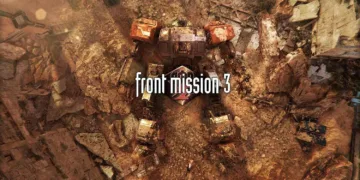








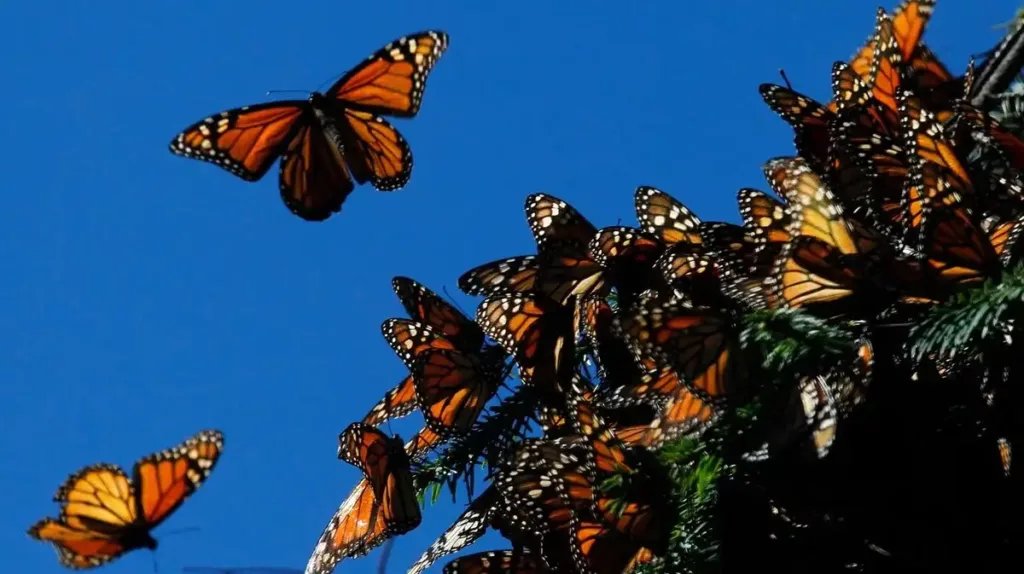
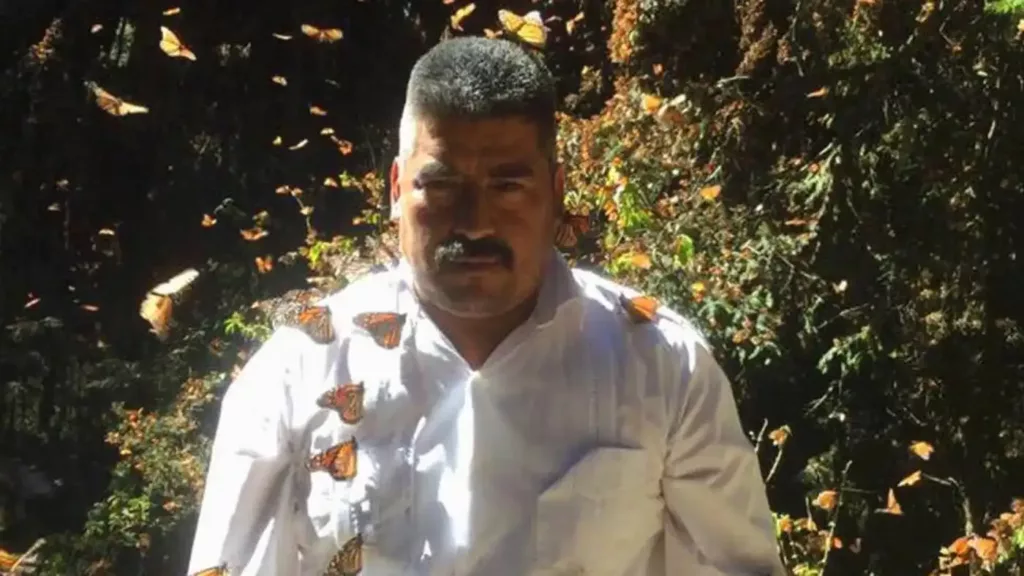

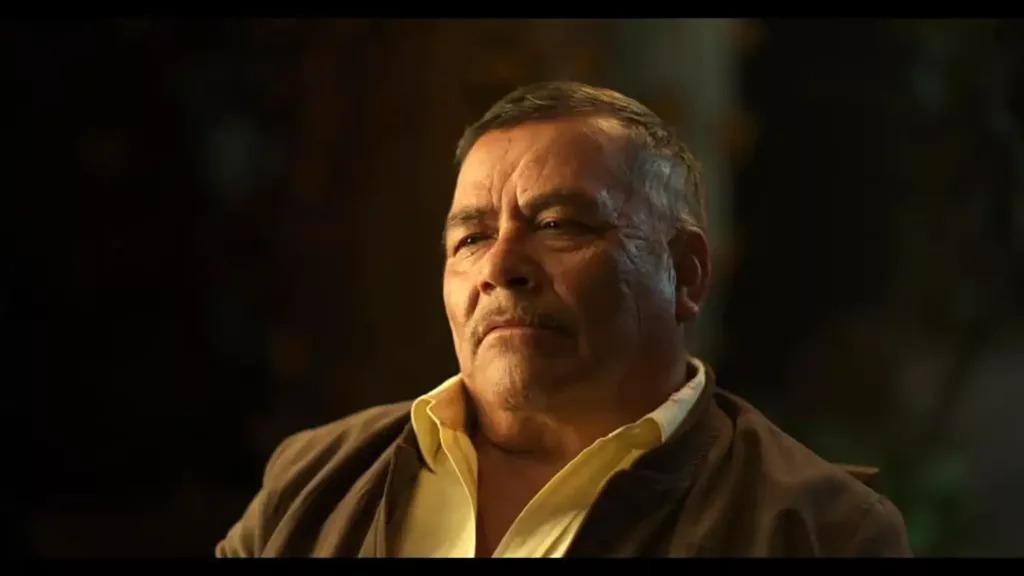
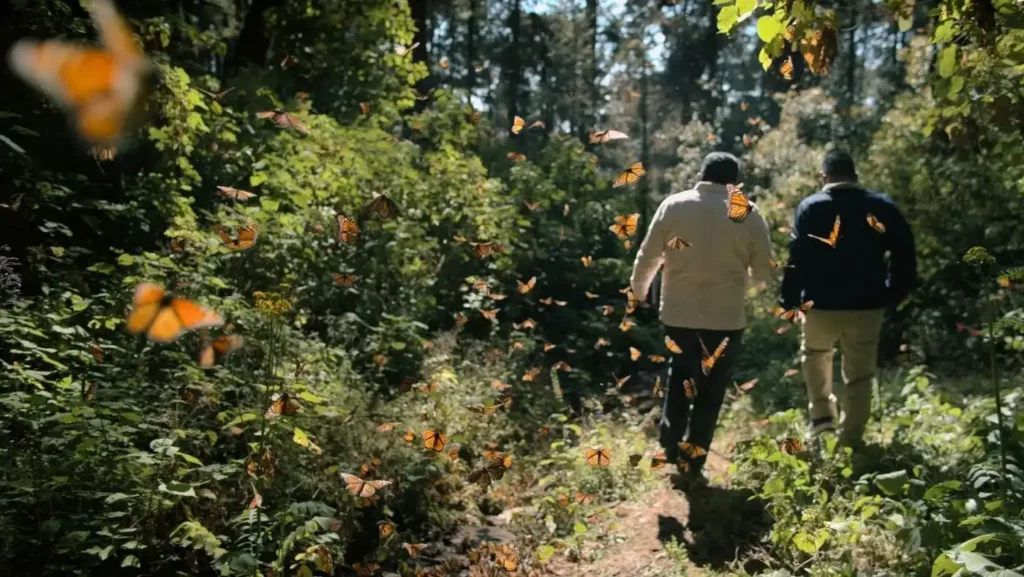








Discussion about this post